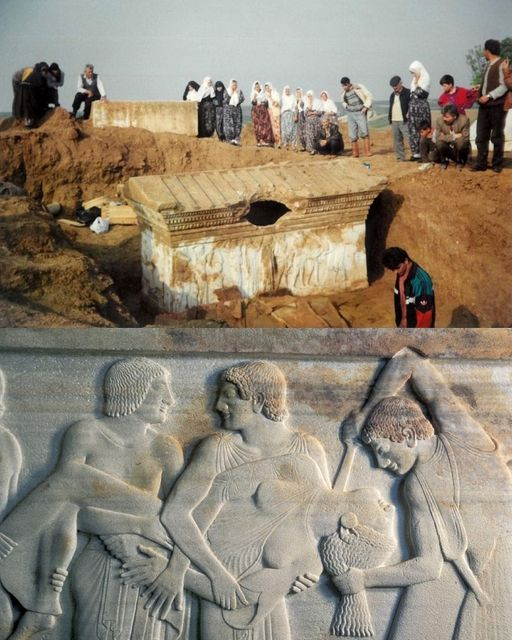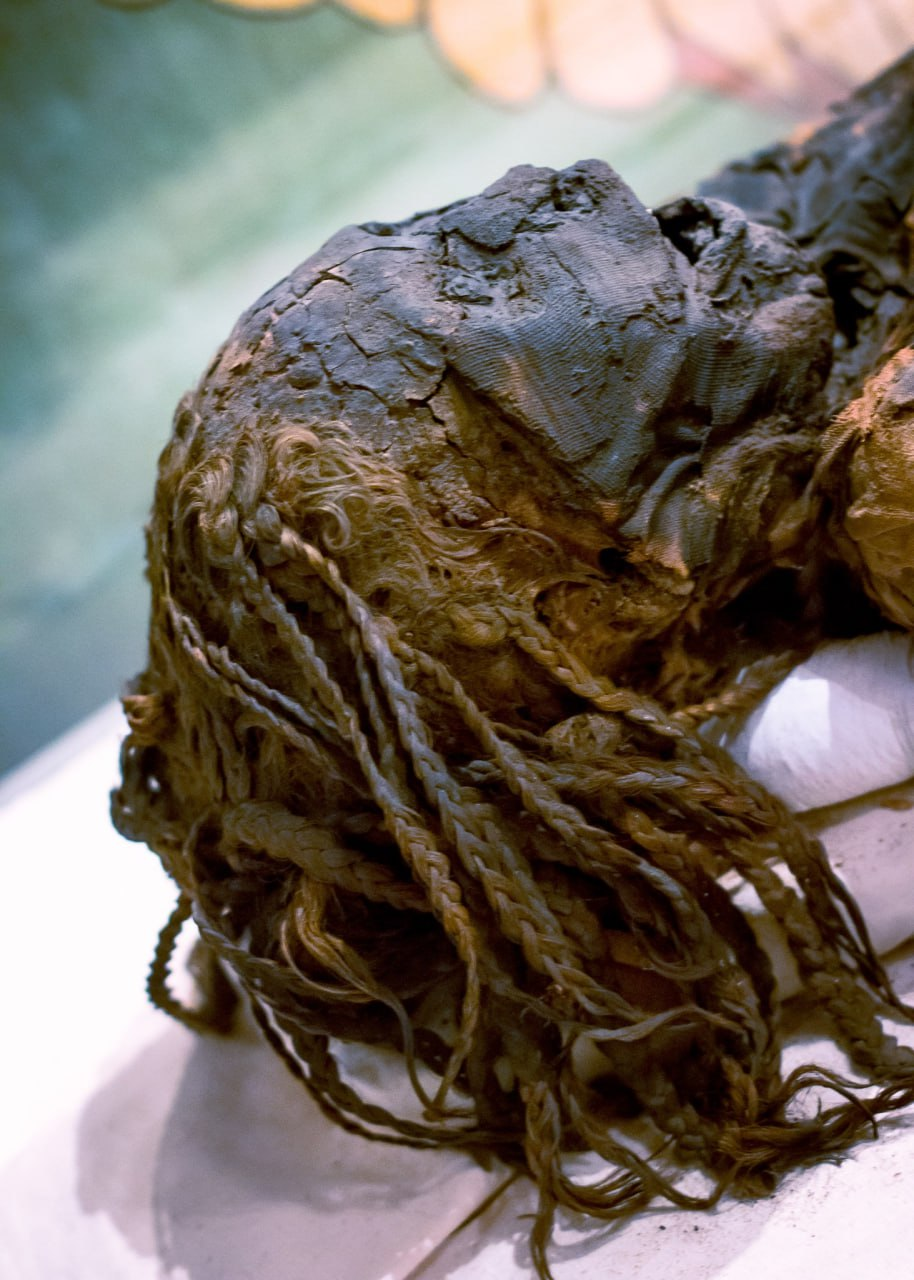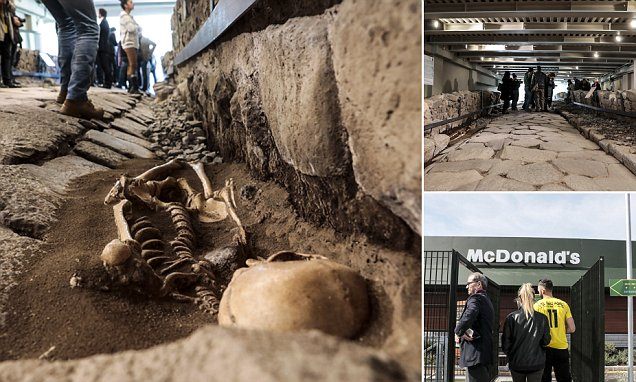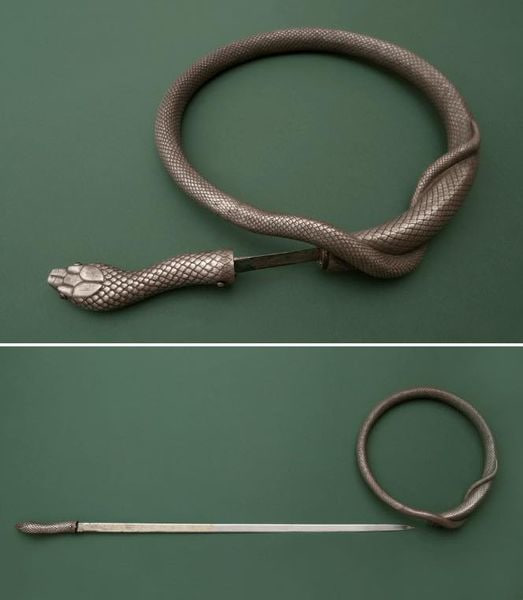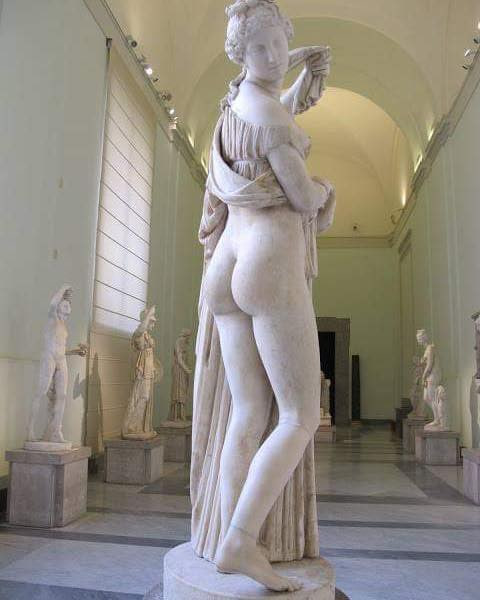Stone of Destiny, Scottish Monarchy, Coronation Ceremonies
Since its capture by King Edward I in 1296, the Stone of Destiny, also known as the Stone of Scone, has played a pivotal role in the coronation ceremonies of England and later Great Britain. Commissioned originally as a 'relic case' by King Edward I's father, King Edward II's coronation in 1308 marked the beginning of a tradition that has endured for centuries. Join us as we delve into the rich history of the Stone of Destiny and its significance as an ancient symbol of Scotland's monarchy.
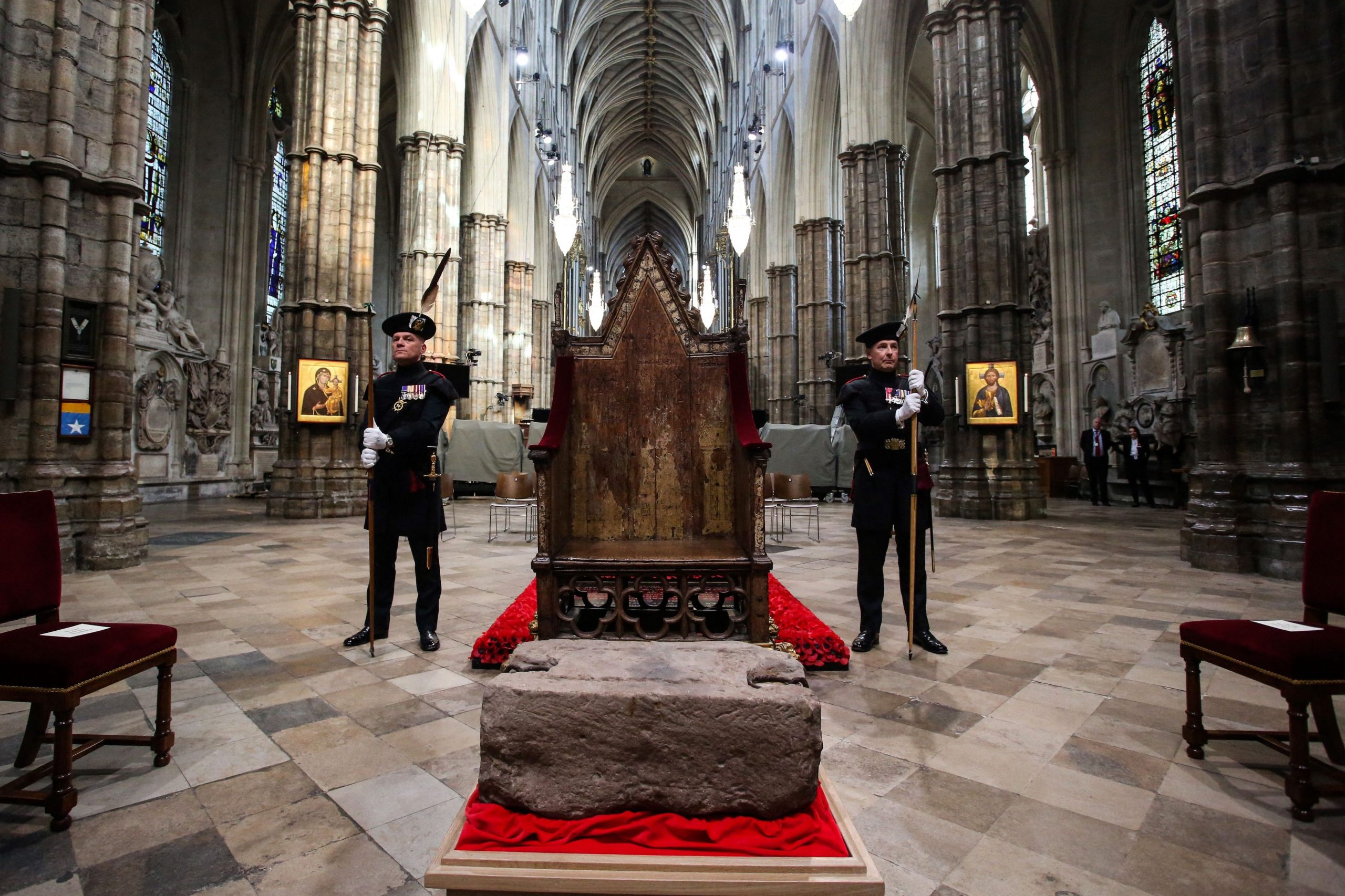
A Relic of Ancient Scotland
The Stone of Destiny has deep roots in Scottish history, believed to have been used in the coronation ceremonies of Scottish kings since ancient times. Made of sandstone and weighing over 300 pounds, the stone served as a symbol of Scotland's monarchy and sovereignty, its origins shrouded in myth and legend. For centuries, it resided at the historic Abbey of Scone in Scotland, where kings were crowned upon its venerable surface.
The Capture by King Edward I
In 1296, during his campaign to assert English dominance over Scotland, King Edward I seized the Stone of Destiny as spoils of war and brought it to England. Installed in Westminster Abbey, the stone became a fixture of English coronation ceremonies, symbolizing the union of the two kingdoms under the English crown. Despite protests and attempts to reclaim it, the stone remained in England for centuries, serving as a tangible reminder of Scotland's subjugation.
A Symbol of Unity and Sovereignty
Over the centuries, the Stone of Destiny became more than just a relic—it became a potent symbol of unity and sovereignty for the British monarchy. Each monarch since King Edward II's coronation in 1308 has been crowned upon the stone, imbuing it with a sense of continuity and tradition that transcends the passage of time. Despite its tumultuous history, the stone endures as a tangible link to Scotland's royal heritage and a testament to the enduring bonds between the nations of the United Kingdom.
Return to Scotland
In 1996, amidst growing calls for its return to Scotland, the British government agreed to transfer the Stone of Destiny to Edinburgh, where it was installed in Edinburgh Castle alongside the Crown Jewels of Scotland. Its return was hailed as a symbolic gesture of reconciliation and a recognition of Scotland's unique identity within the United Kingdom. Today, the stone remains a cherished symbol of Scotland's monarchy, revered by Scots and visitors alike as a tangible link to their ancient past.
Conclusion
As we reflect on the storied history of the Stone of Destiny, we are reminded of its enduring significance as a symbol of Scotland's monarchy and sovereignty. From its ancient origins to its return to Scotland in modern times, the stone has borne witness to centuries of political upheaval and cultural change. Yet, through it all, it remains a steadfast emblem of unity and continuity, linking the past to the present and inspiring future generations to honor Scotland's rich heritage.


